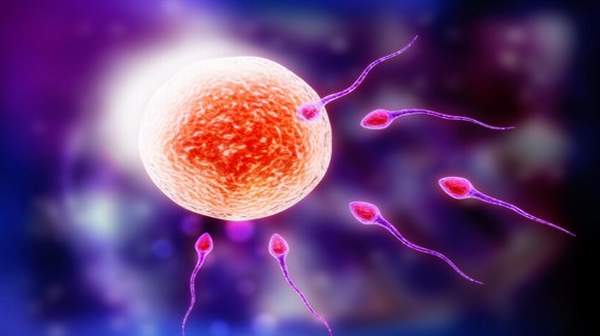What's in this article?
What is Ovulation?
Ovulation is when a mature egg is released from the ovary, pushed down the fallopian tube, and is available to be fertilized.
Approximately every month an egg will mature within one of your ovaries. As it reaches maturity, the egg is released by the ovary where it enters the fallopian tube to make its way towards waiting sperm and the uterus.
The lining of the uterus has thickened to prepare for the fertilized egg. If no conception occurs, the uterine lining, as well as blood, will be shed.
The shedding of an unfertilized egg and the uterine wall is the time of menstruation.
How does ovulation influence when I can get pregnant?
To become pregnant naturally, one of your eggs and your partner’s sperm have to meet in your fallopian tube. Your egg survives no more than 24 hours after you’ve ovulated. So the meeting of egg and sperm has to occur within this time.
However, sperm can survive for up to seven days. They’ll happily live in your vagina, uterus or fallopian tubes for this length of time.
This means that you don’t have to time sex to the exact moment you ovulate to get pregnant. You actually have a fertile window of about six days.
This window includes the five days before and the day of ovulation itself. So, if you have sex at some time during your fertile window, your freshly ovulated egg could meet live, healthy sperm and be fertilised.
After Ovulation
Once ovulated, the egg is picked up by one of the fallopian tubes and begins to travel towards the uterus in the fallopian tube. This is where fertilization, if it is to happen, takes place. The follicle that released the egg becomes known as the corpus luteum after ovulation and begins to secrete the heat inducing hormone, progesterone.
The lifespan of the egg after ovulation is just 12-24 hours, maybe even less. Fertilization must take place within this timeframe. After this timeframe, the egg begins to degenerate and is no longer capable of being fertilized. This seems like a very short window of time for conception to take place. However, sperm deposited prior to ovulation can survive in the female reproductive tract for a few days, so the few days before ovulation takes place are also considered fertile days.
Ovulation and the Cycle Phases
Ovulation is the event that defines the phases of the menstrual cycle. The phase before ovulation, when the ovarian follicles are developing, is called the follicular phase. The phase after ovulation is called the luteal phase. The length of the follicular phase may vary but the luteal phase length is generally constant from cycle to cycle for the same woman, lasting 10-16 days. When cycles are irregular, it is usually because ovulation occurred earlier or later than usual. Knowing when ovulation occurred allows you to see if intercourse was well-timed for conception and lets you determine your luteal phase length. Knowing your luteal phase length tells you when to expect your period or a positive pregnancy test result.
The fertility chart below illustrates the cycle phases with ovulation indicated by the vertical red line.
Do Women Ovulate Every Month?
Not all women ovulate every month. If an ovary does not produce a mature follicle, ovulation does not occur. This is called an anovulatory menstrual cycle. The endometrium (the lining of your uterus which builds up in preparation for pregnancy) develops as usual, but no egg is released.
A small percentage of women might release two or more eggs within a 24 hour period. It isn’t possible to release more eggs after this time, due to hormonal changes in the body. Once an egg is fertilised, hormones will prevent any future eggs being released, in order to protect and nurture the pregnancy.





